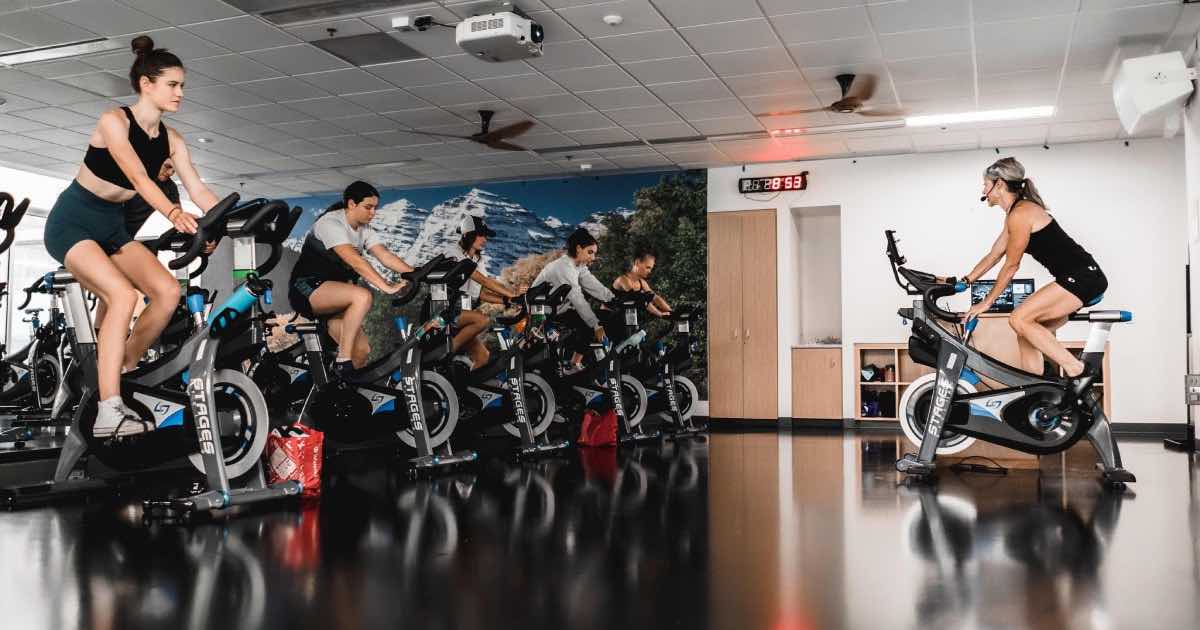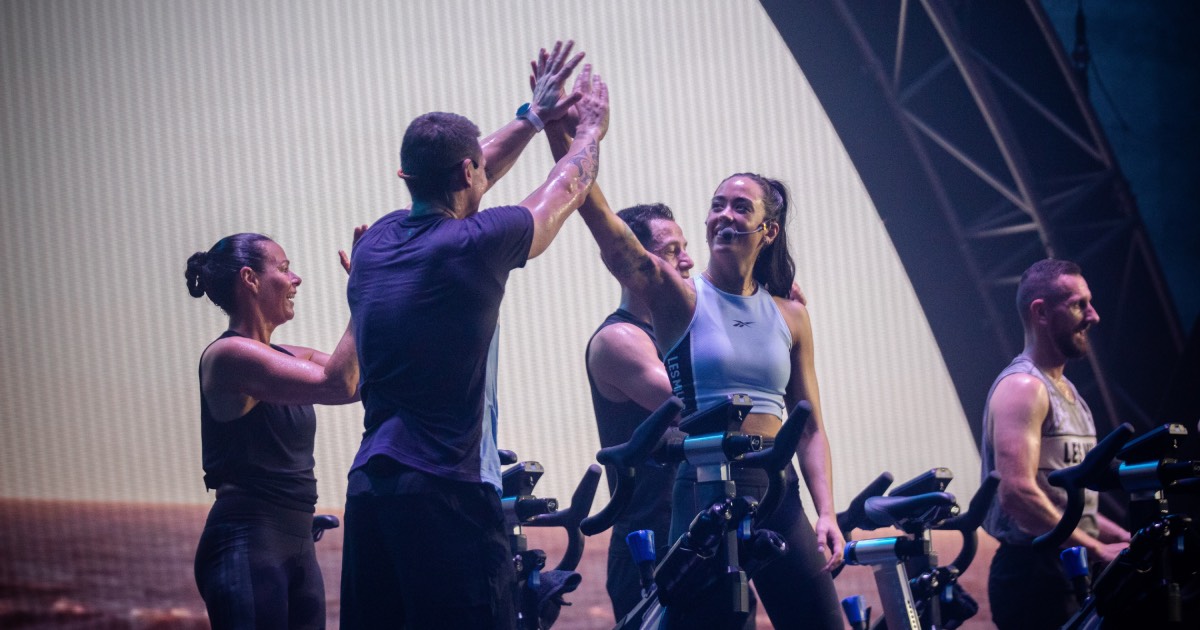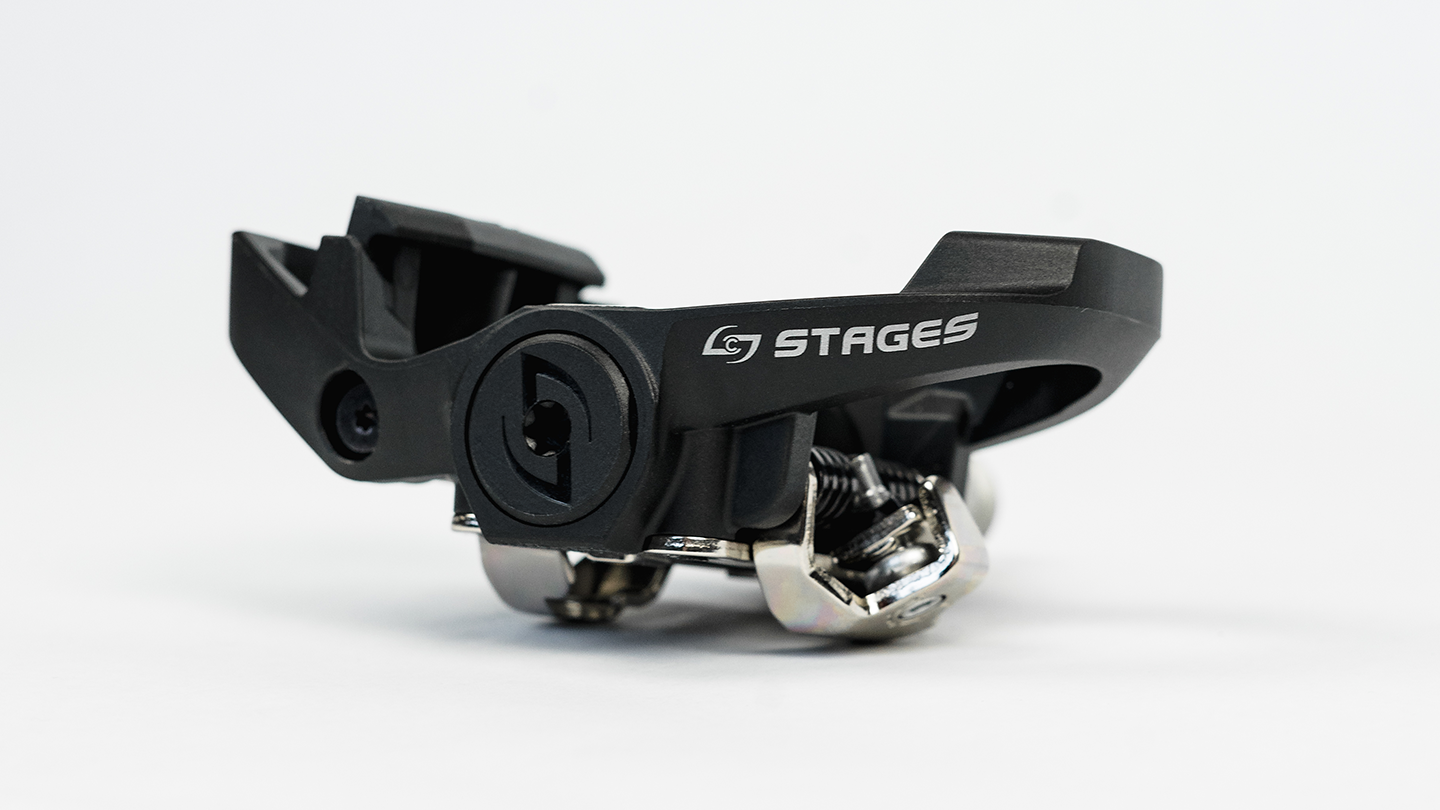Stages Cycling US Master Coaches Kristy Kilcup and Marina Mitchell are back for Power Vs. Rhythm, Part Two.
With the rise of power meters being used indoors, our indoor cycling world seems to have become hyper-divided between power-purist studios and rhythm-based studios.
In the interest of filling classes however, we think it is important to explain how and why both [Power and Rhythm] are important [Part 1] and how to find a happy medium to blend them [Part 2].
Metrics Matter in Indoor Cycling
In Part I “Power vs. Rhythm: The Debate is On!”, we outlined the amount of research and data that identifies how metrics to evaluate training, both outside and indoors, matters. Let’s take a quick recap:
-
Metrics provide a quantitative means of evaluating intensity.
-
Instead of basing how hard a rider is working on perceived exertion alone, actual numbers on a head unit or console provides real, immediate feedback.
-
Numbers identify cardiovascular training zones, weaknesses, strengths, and gains.
-
-
Metrics can be used to help pace a ride.
Music Beats Matter in Indoor Cycling
We explained that research also demonstrates that well-selected music in an indoor cycling class can be used as a primary means of rider motivation and identifies the following results:
- Music drives us to do more!
- When using the down beat as a guide for your pedal stroke, you are less likely to slow down when you fatigue.
- Music distracts us from the work at hand!
- Using dissociation and association as our guides, we can use the lyrics and beat of the music to draw our riders’ attention away from their working bodies.
- Our riders can be transported into “another time”. Music can spark emotion and memories that can contribute to dissociation.
- Music can somehow help us to find energy we didn’t think we had, like pulling from another reservoir that had been deemed ‘empty’.
- Music can elevate our mood, change our mindset and broaden our perspective.
- Genres, song lyrics and musical beats all contribute to opening our eyes wider and turning up a smile. We can use music that speaks and carries messages of hope, endurance, fun, strength, etc. It can be used as one of our final layers to set us apart as an exceptional instructor, and a driver toward encouraging our riders to keep coming back to class.
Power and Rhythm Cycling Class “Blenders”
With all that good stuff, it’s pretty cool to know that it’s possible to blend the two.
Here are our best tips for how to create meaningful, blended rides in your class designs:
- Start with metrics. If you label yourself as predominately a ‘rhythm’ based coach/instructor, begin your profile designs using metric-based class goals following the Stages Indoor Cycling Simple Sets™ method. It will help map your ride and help you dial-in on using one or more metrics for specific segments of your ride.
- Choose music purposefully. Think about it being well-rounded, eclectic, and high energy. Not everyone in your class will like every song, but they should be able to get through it because you’ve stated your purpose in the goal… their desire to meet the goal will override their dislike for the song… most of the time!
- Variety is okay. Feel free to ‘stray’ from the music from time to time. It is acceptable to direct your riders’ attention fully to the console, using time, speed, RPM’s and/or watts as your “personal trainer”. Music as a background element is perfectly okay!
- Build a library. If you consider yourself more of a ‘purist’ cycling coach/instructor who spends time on the logistics and purpose of a ride, then you will want to spend some time building a music resource list that has built-in intervals. There are tons of interval-based songs out there in several different musical genres. These are great because the music will drive the riders into the power-based interval sets where you are able to create benchmarks, and use the heavy beats or drops to motivate riders to increase work performance or simply “hold on a little longer”.
Get started next week with these Monday morning ready tips for indoor cycling instructors:
- Use Stages Indoor Cycling Simple Sets™ when creating your class design, as learned in your Stages Cycling University Certification.
- Use a variety of music, motivational language cues, cardiovascular training zones, and metrics when designing a class.
- Use music that is relevant to that segment of the ride. Watch out for music that is too slow or too fast for the purpose of that point in time.
- Always communicate your class goal ahead of time. Informing your riders of the layout and work efforts helps them pace themselves and sets them up for success.
- In giving your riders the best of YOU, you have already set them up for triumph. They really came for you for your knowledge and expertise, your enthusiasm, motivation, inspiration and love for indoor cycling!
Learn to effectively ride to the beat with the Stages Cycling University BEATS virtual certification.
Want to speak to our team of experts about designing your ideal cycling studio solution?


















